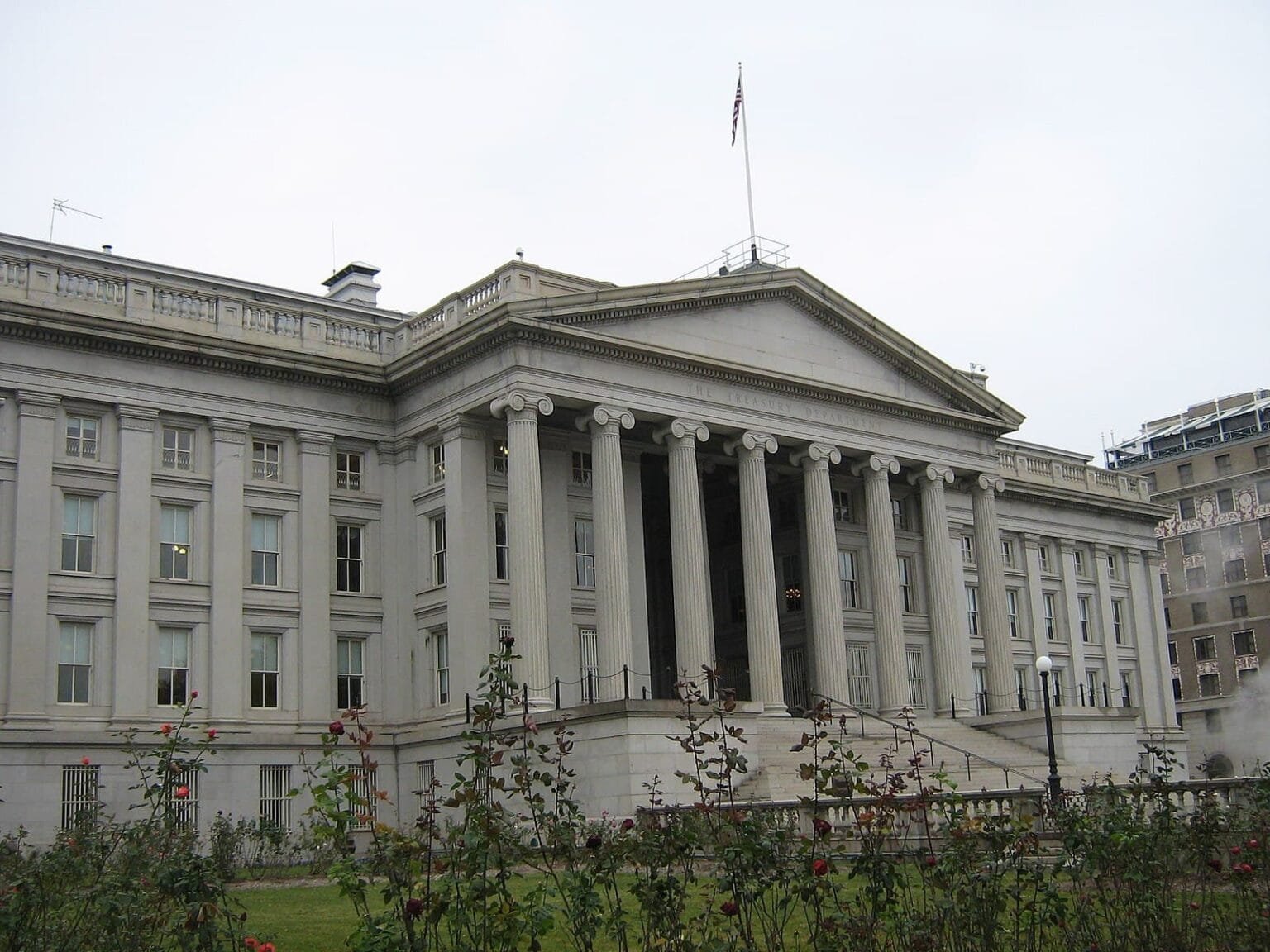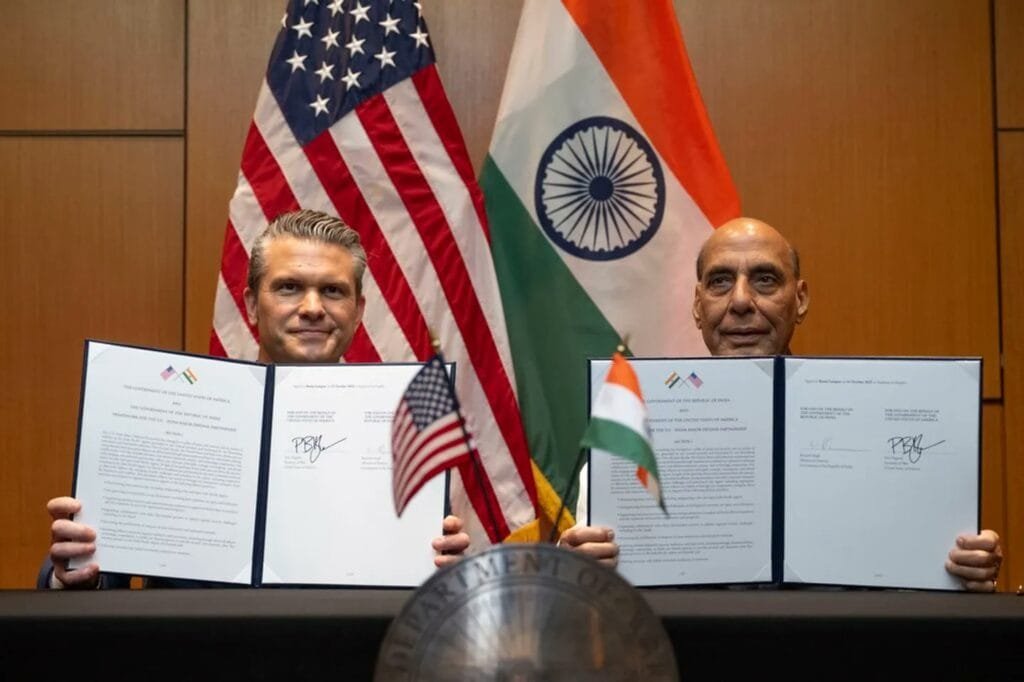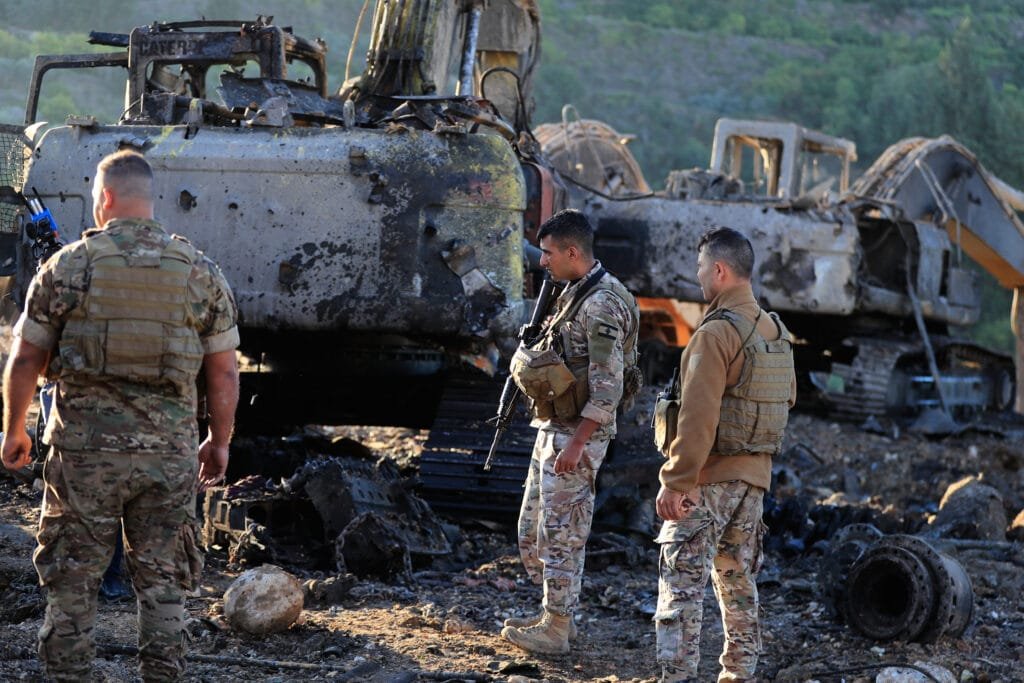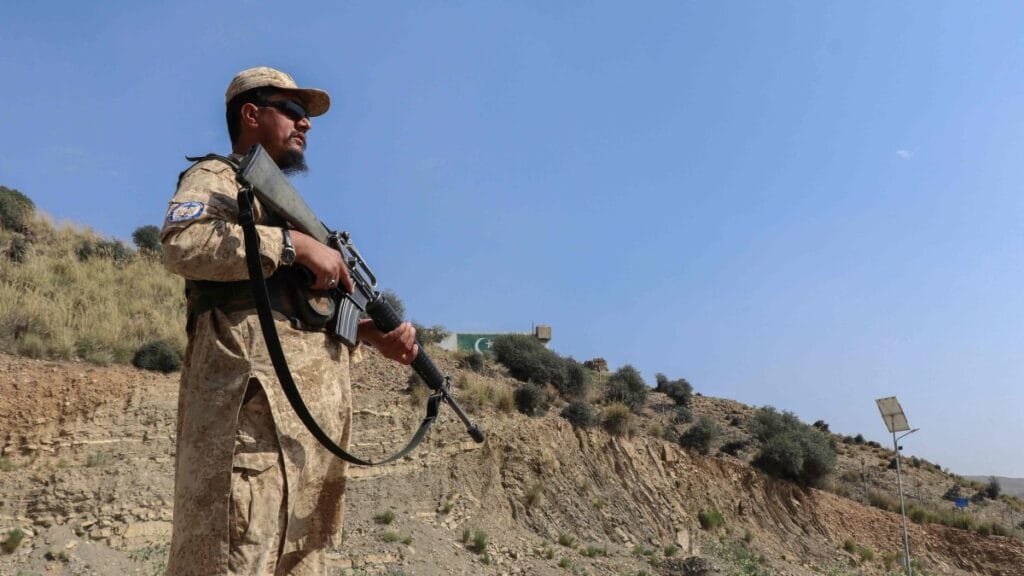The United States Treasury has issued a narrowly tailored, temporary easing of sanctions to enable essential financial transactions needed to organize the upcoming summit between President Donald Trump and President Vladimir Putin in Anchorage, Alaska. The authorization, effective immediately, will expire on August 20, 2025, and explicitly covers only transaction types tied to the logistics and preparation of the U.S.–Russia peace talks, none of which involve releasing seized or frozen Russian assets.
The U.S. Treasury’s Office of Foreign Assets Control (OFAC) granted the license under the Russian Harmful Foreign Activities Sanctions Regulations (RuHSR) and the Ukraine-/Russia-Related Sanctions Regulations (URSR). While it allows transactions necessary for the summit, it makes clear that no transactions involving the unfreezing of property blocked by those regimes are included.
Scheduled for August 15, the Alaska summit marks the first face-to-face meeting between Trump and Putin since 2021. Though the White House anticipates no immediate breakthroughs, the summit is being portrayed as a diplomatic inflection point, potentially paving the way for a ceasefire agreement and discussions about Ukraine’s future.
Setting the stage for sensitive diplomacy, this temporary sanctions relief is accompanied by reported economic incentives on the table. Among them are possible access to rare earth mineral projects within Ukrainian territories controlled by Russia, access to Alaska’s natural resources, and reduced restrictions in the aviation sector, a mix aimed at enticing Moscow toward ceasefire talks.
However, analysts caution that sanctions relief alone may lack sufficient pull. With Moscow having diversified its economic partners, such as India and China and maintained steady revenue flows from energy exports, sanction relaxations without coordinated Western backing may fall short as leverage. Europe’s commitment to phasing out Russian oil by 2027 and reluctance to enable Russian financial pathways further limit Washington’s bargaining power.
Adding complexity, criticism has emerged over the abrupt nature of the summit’s arrangement. The lack of clarity over whether Ukrainian President Zelenskyy will be involved, despite the talks centering on Ukraine’s future, has fueled concerns that the bilateral dialogue may sideline Kyiv and broader Western coordination.
As the countdown continues toward August 15, this narrow U.S. sanctions carve-out underscores a delicate diplomatic balancing act: easing certain restrictions to allow the dialogue to proceed without fundamentally shifting the broader strategic posture or blocking architecture.





